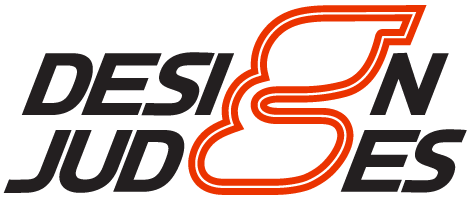Used Engine Reliability
I strongly encourage you to talk with mechanics who work with motorcycle engines far more often than me.
A factory service manual is worth its weight in gold.
Mandatory:
Wiring and electronic issues outside my expertise.
Good mechanical maintenance.
The careful philosophy:
Careful ECU mapping to avoid risk in the combustion chamber.
Enough cooling for the most average power at the slowest speed on the hottest day.
Keeping FSAE torque, power, and RPM at or below OEM levels. (Understressed.)
Use design safety factors that account for fatigue.
You can violate these guidelines, but you'll have to do a lot of work being careful in other ways.
During my FSAE career I:
Dropped a valve at 11,000 rpm on the dyno. (*click*)
Broke eight head studs off in an F4i. (*click just like a torque wrench, until one spun 360*)
Long night with a Dremel getting them back out.
Warned the team not to test on a dying head gasket.
Dumped oil onto the headers that caught fire when it failed.
Still had to stay up all night fixing it for the next day.
Accelerated to 14000 rpm, despite an 11000 rpm limiter.
These are completely within your team's control:
Do not shift on the limiter. (Though this tends to break drivetrains, not engines.)
Do not overrev on a downshift. (Quickest way to introduce the valves to the pistons due to float.)
Design and verify a cooling system that will EASILY keep the engine in an appropriate temperature range under FSAE conditions.
Severe overheating can kill the oil viscosity, cause knock, and drop valve seats.
Keep oil of appropriate viscosity and temperature in all critical areas of the engine under FSAE conditions.
Design and verify a procedure or parts.
Motorcycle engines weren't designed for lateral acceleration.
Use engine mapping to control knock and exhaust gas temperatures.
Document, analyze, and understand every failure.
Treat every engine purchased used as a complete unknown ticking timebomb.
Teardown, assess, rebuild.
Engineer the circumstances of your car as much as the car itself.
Unless the team has documented an engine since it was new, it could be in any sort of condition.
Science is satisfied with repeatable.
Engineering is only satisfied with reliable.
It has to work every time.
Some causes of valve-piston contact in a used engine before or after purchase:
Deposit buildup: Decreases clearance.
Overrev on downshift: Valve float (staying open too long, not following camshaft), can stretch timing chain.
Mis-timing/stretched timing chain: Valves open at the wrong time.
Extreme in-cylinder or coolant temperatures: Thermal expansion causes contact, or valve seats fall out.
Insufficient lubrication: Valve sticks open.
Modifications not limited to: pistons, rods, crank, valves, springs, retainers, deck height, gasket, camshaft, mapping.
Some causes of crank bearing failure in a used engine before or after purchase:
Running without oil or insufficient viscosity: Physical contact, grinding.
Overrev on downshift: Forces become too high for oil to support, leading to physical contact.
Extreme overheating: Oil loses performance, leading to physical contact.
Knock or detonation: Forces become too high for oil to support, leading to physical contact.
Rod forces too high from piston-valve contact.
Modifications not limited to: pistons, rods, crank, turbo
Engineer a plan to deal with the uncertainty of engines.
Both new and known engines need thorough internal inspection before they can be relied on.
It's just like engineering anything.
The first step is realizing that you know some, but not everything about it.
We will spend the rest of our careers in unfamiliar, uncertain situations.
When we find the limits of our understanding, that's where we can improve.
We deal with uncertainty by making models, predictions.
Engineers have to understand the limits of those models:
The assumptions that go in, along with everything that's left out, where the model works, where the model fails.
Increasing our understanding, refining our models, improving our predictions comes from constant:
Research
Observation
Calculation

